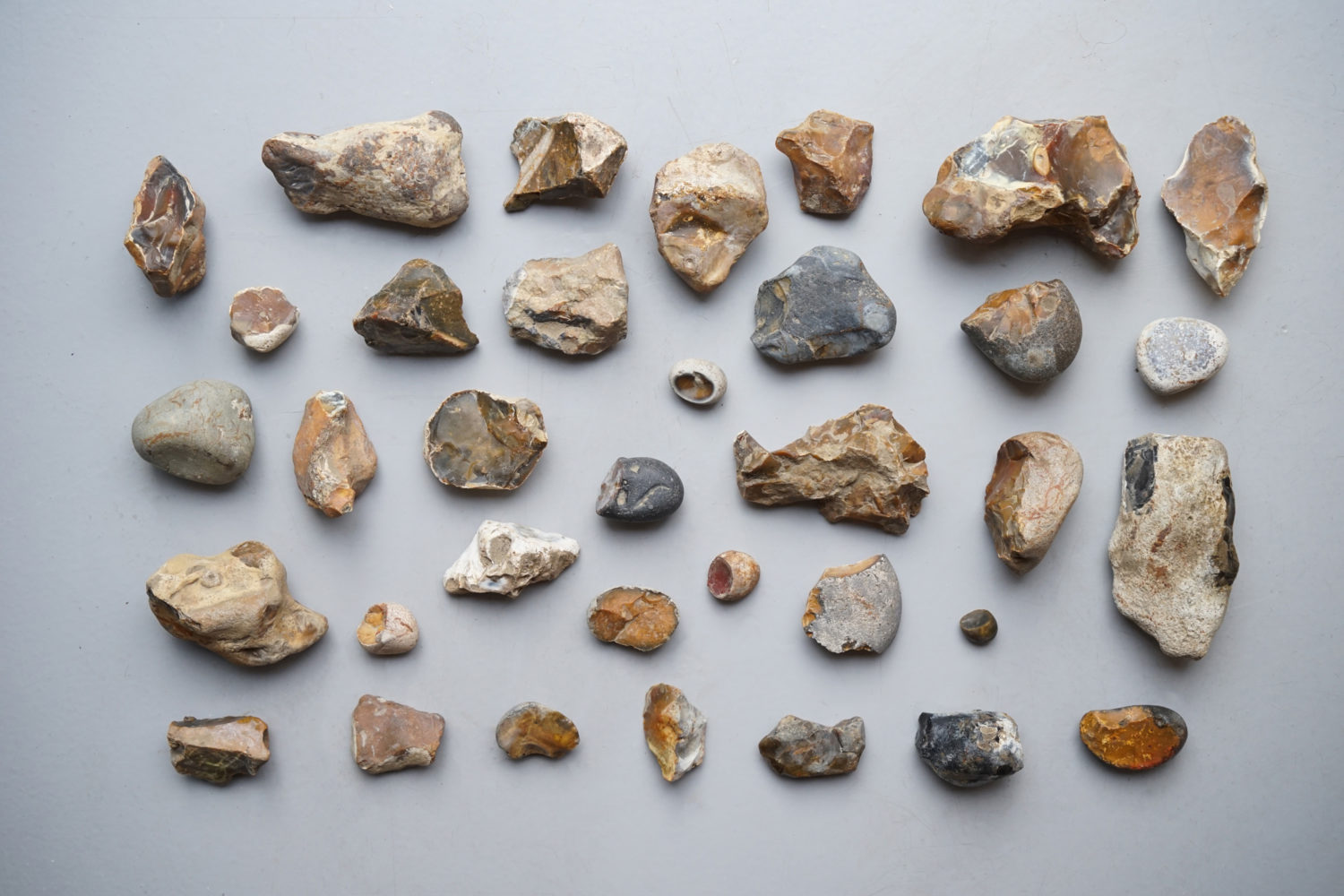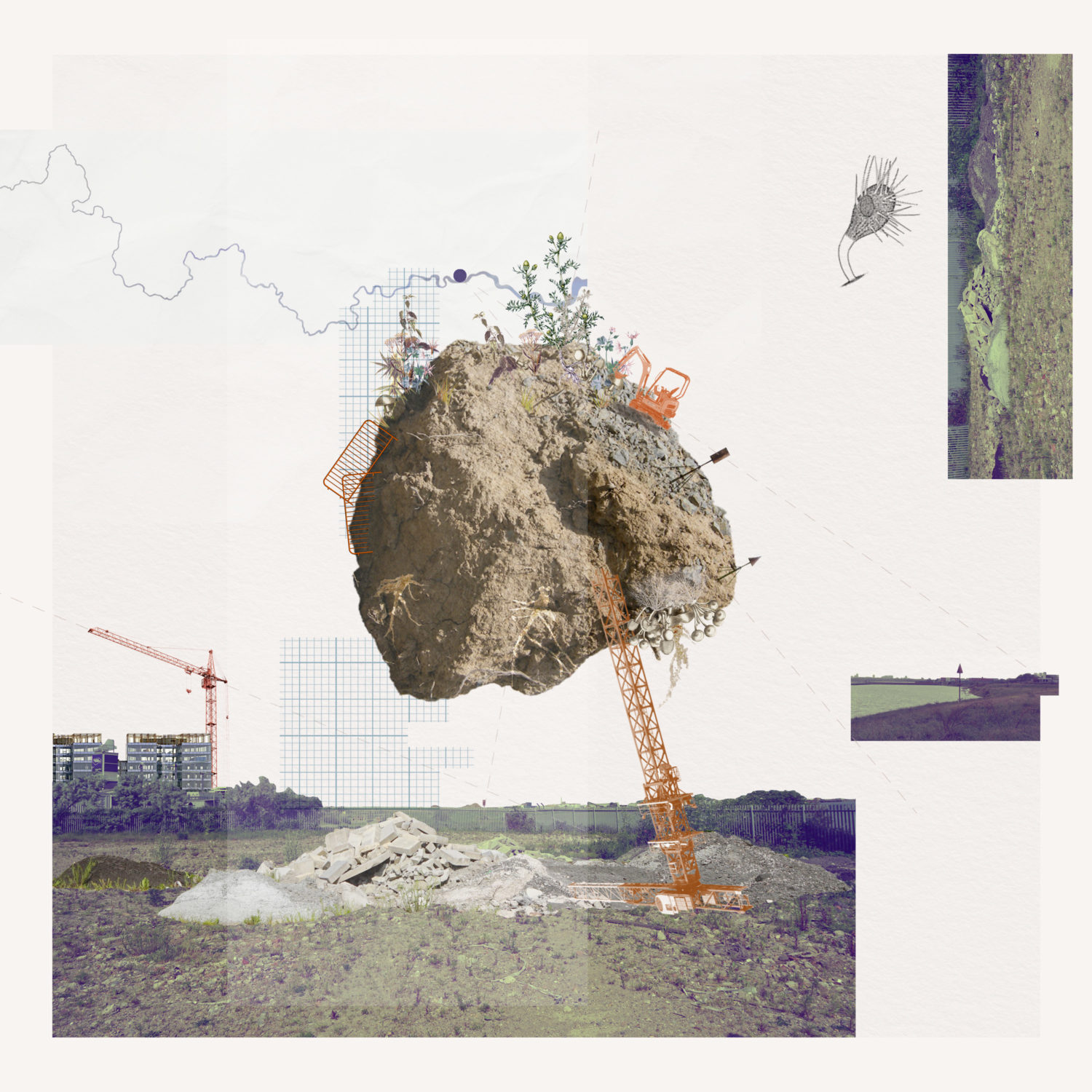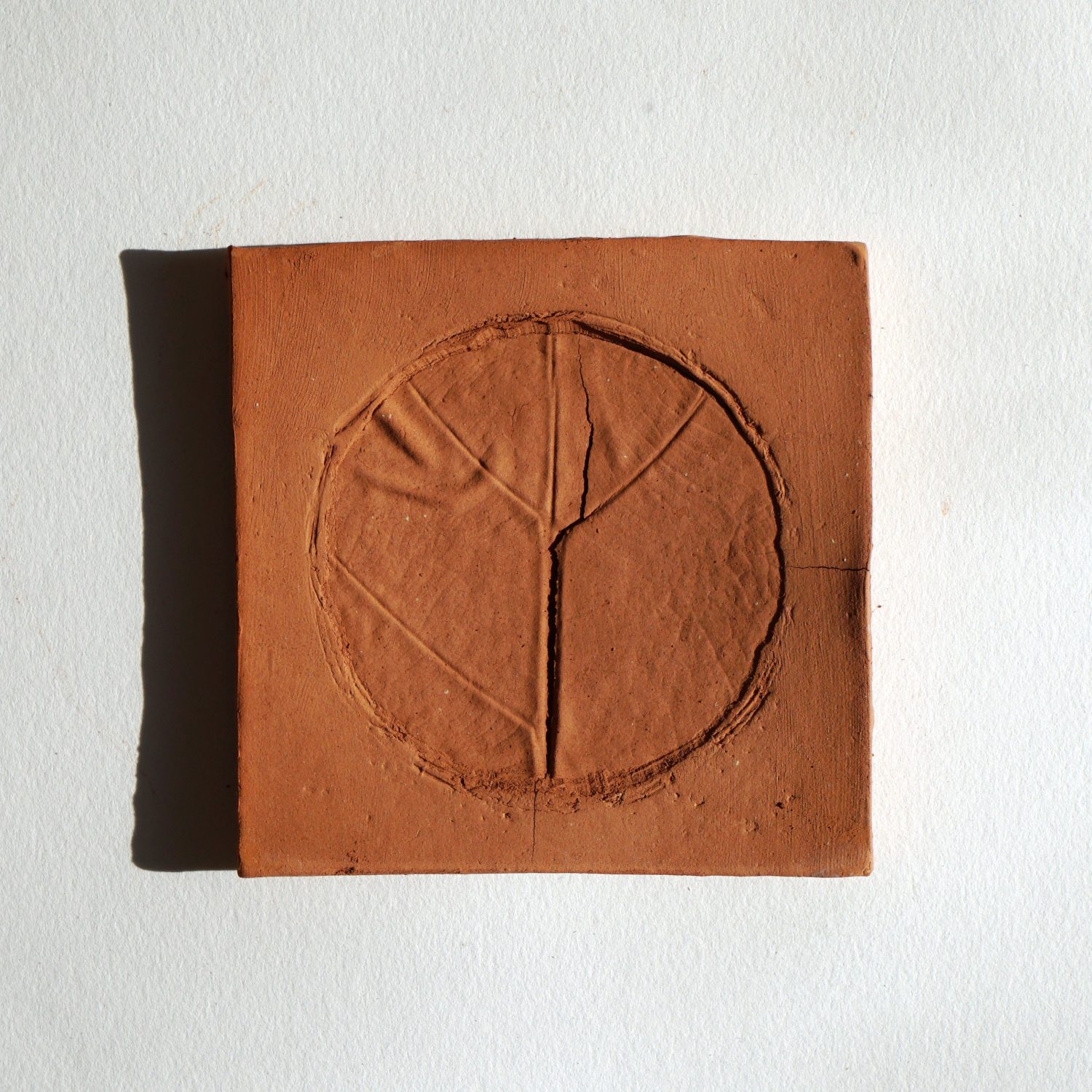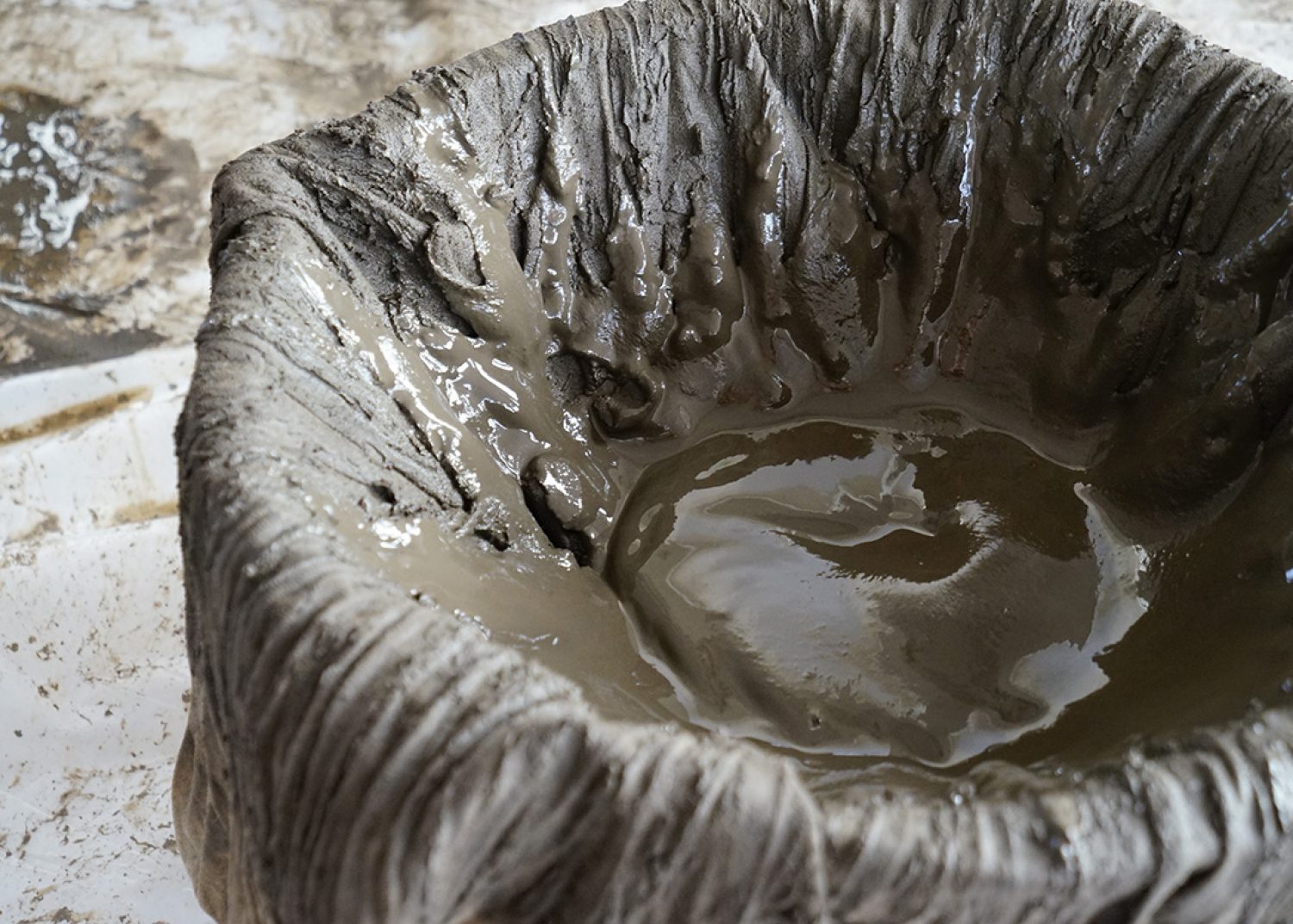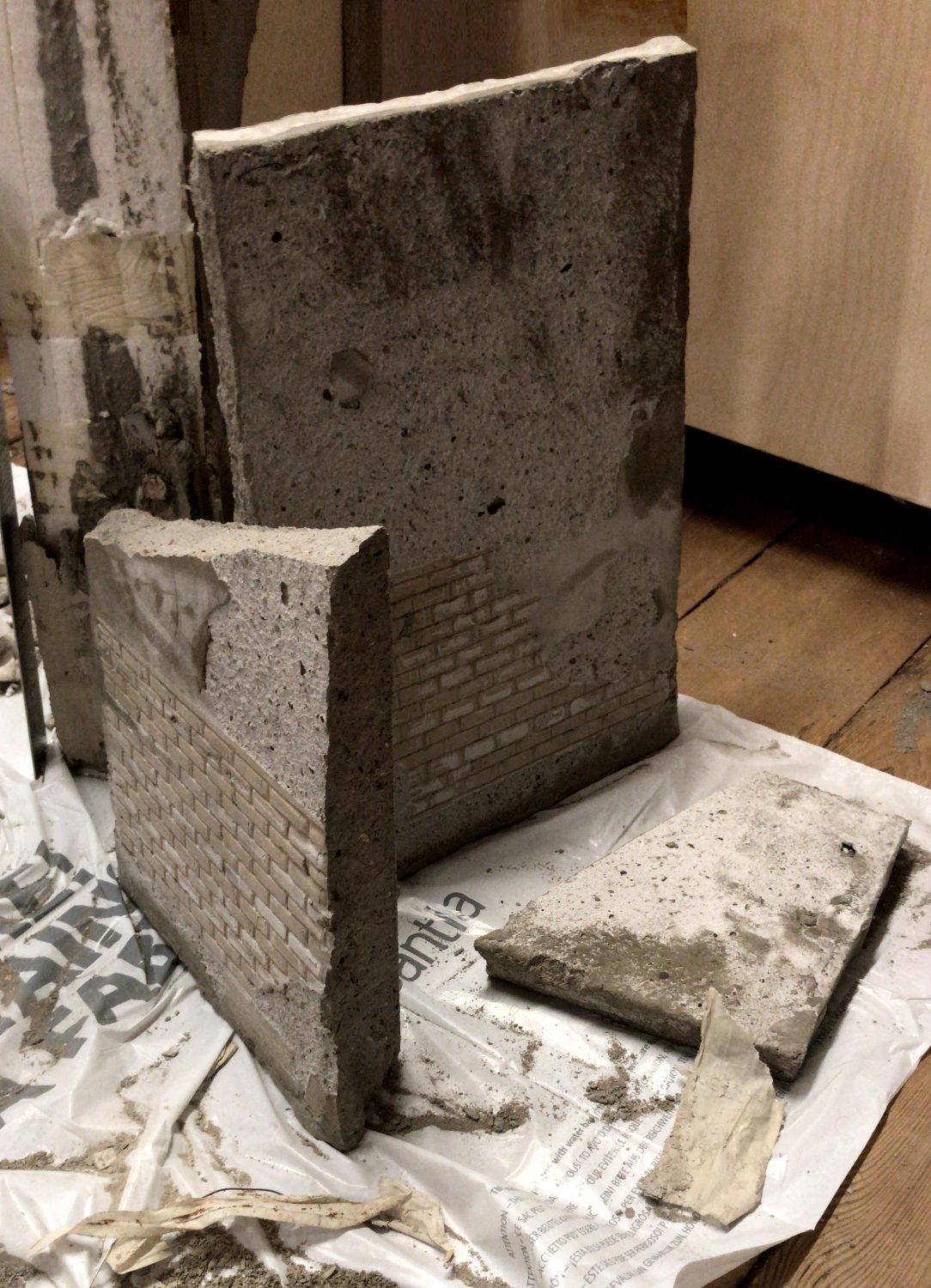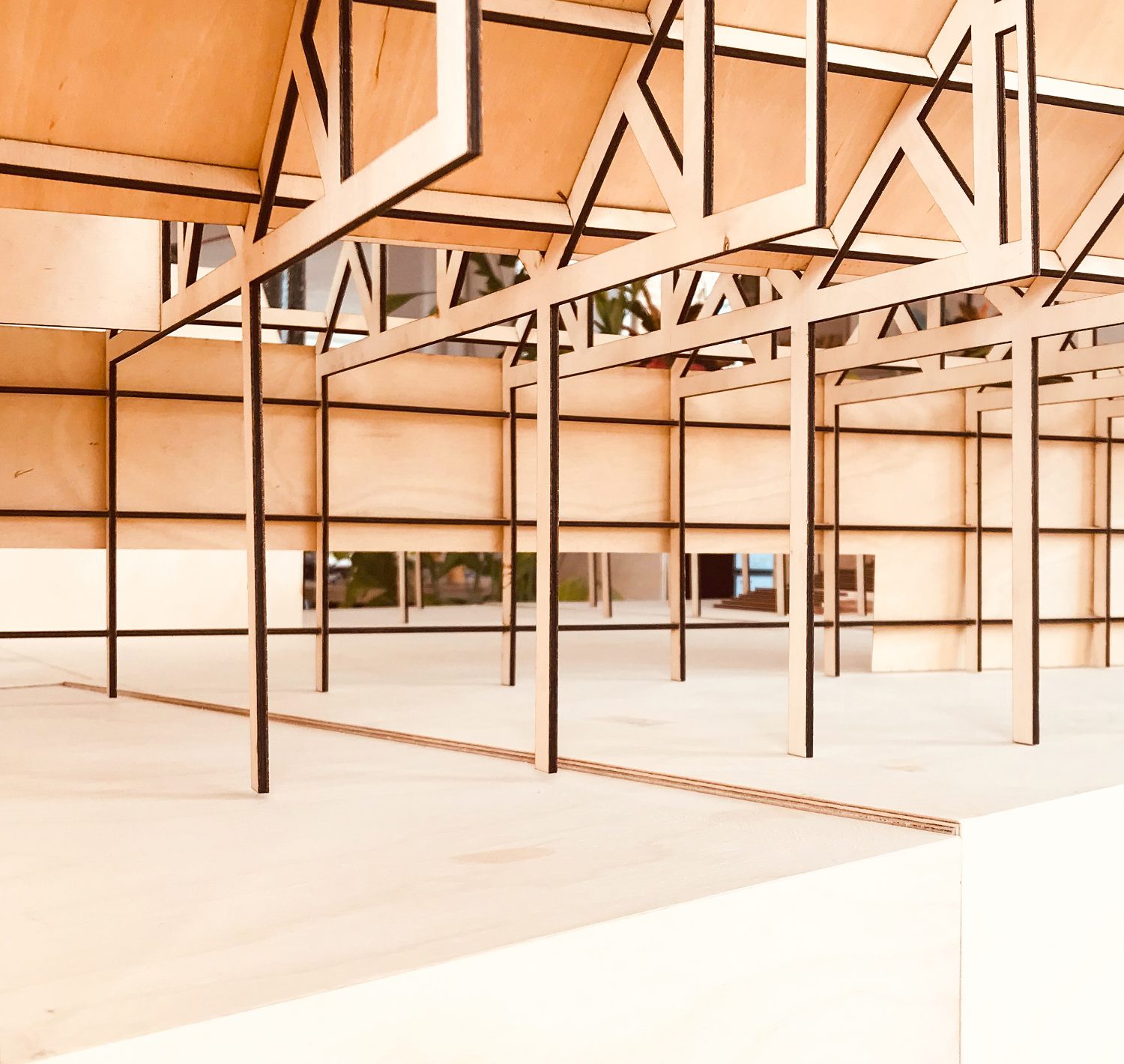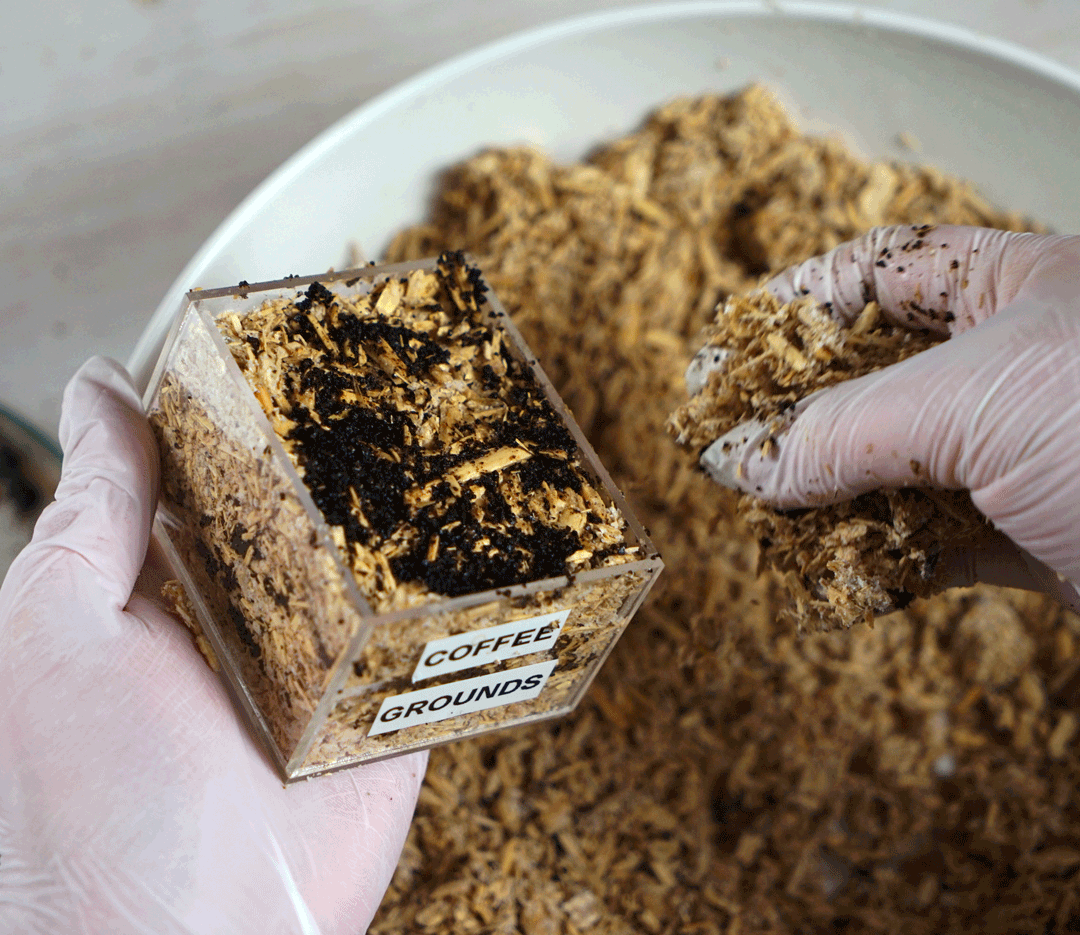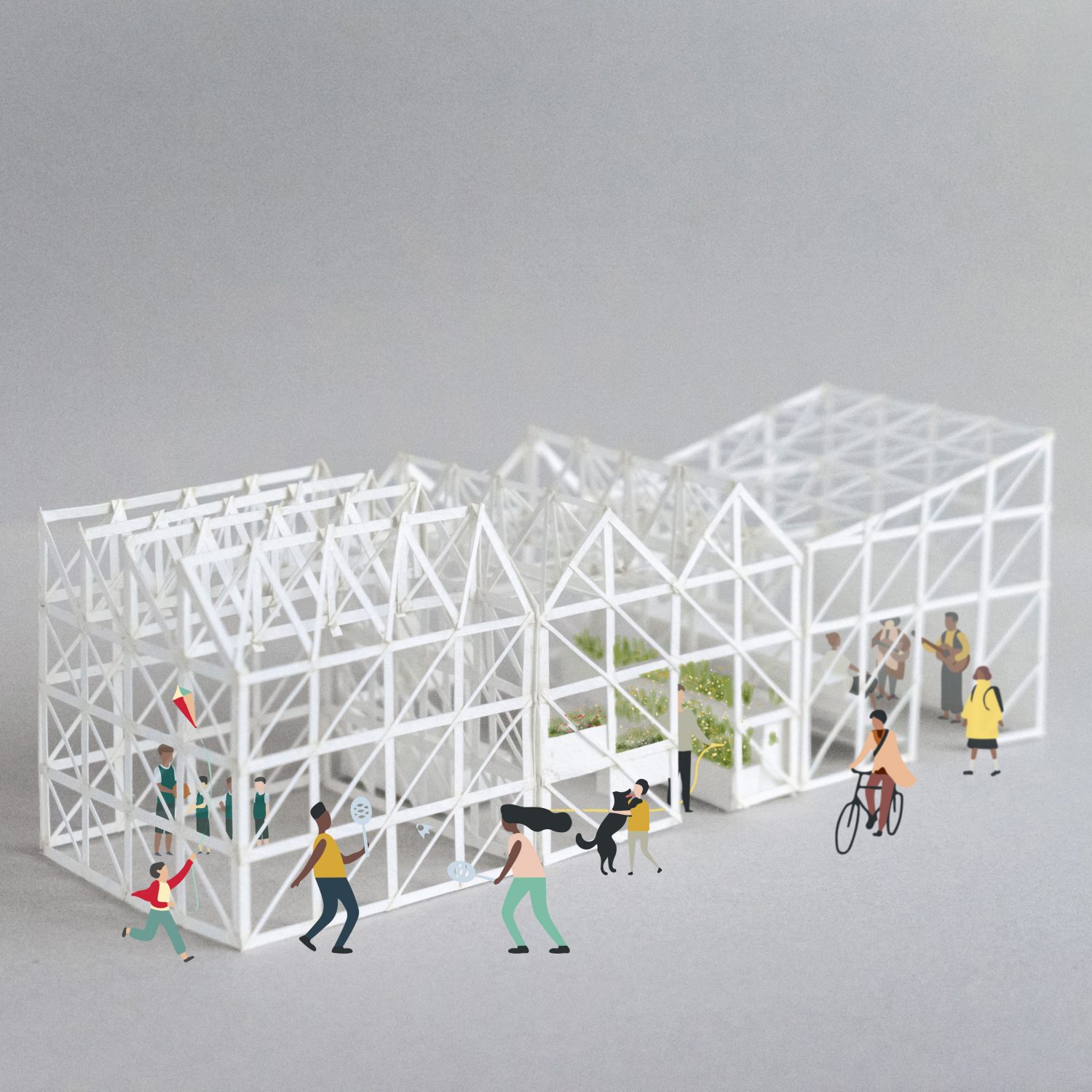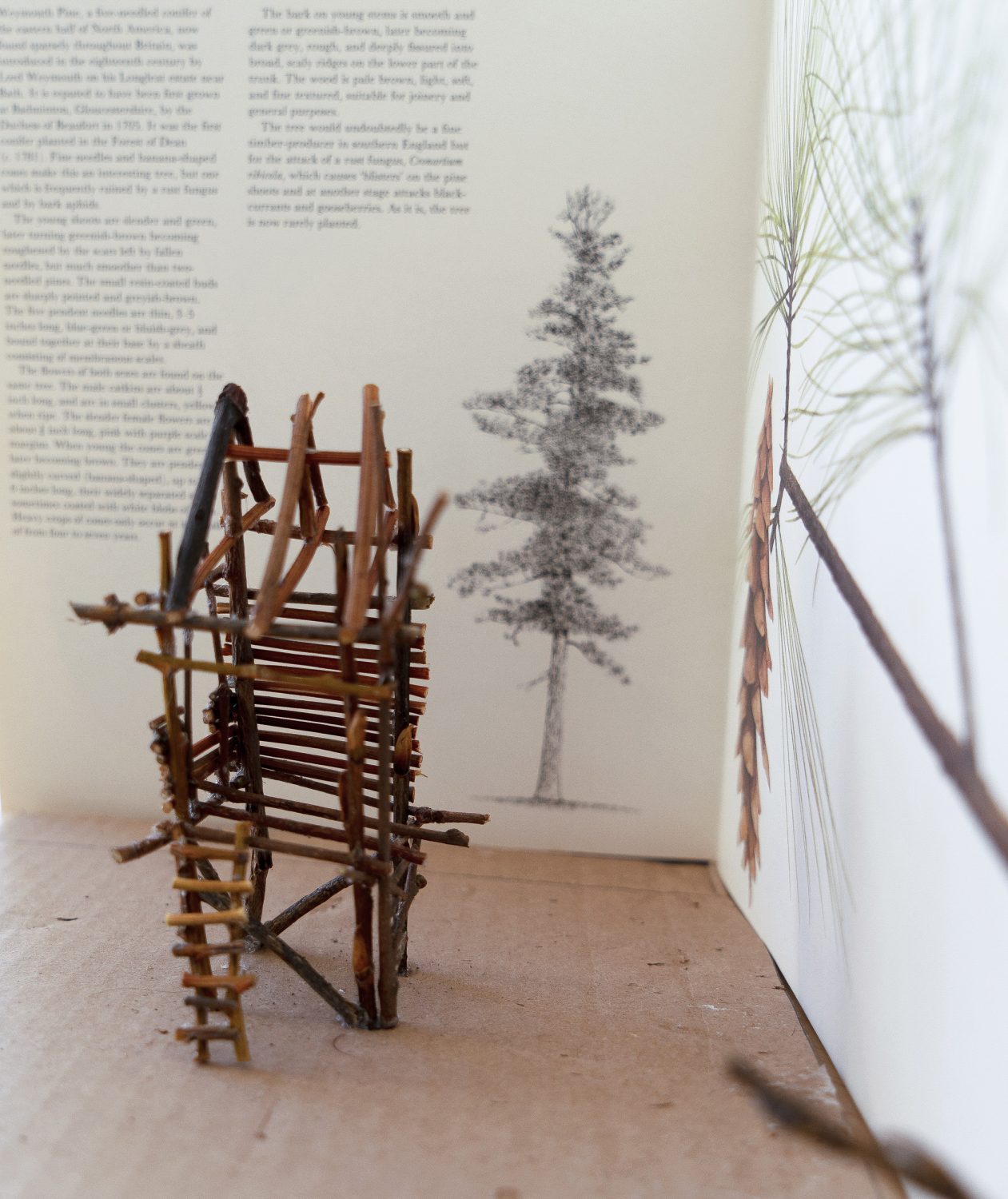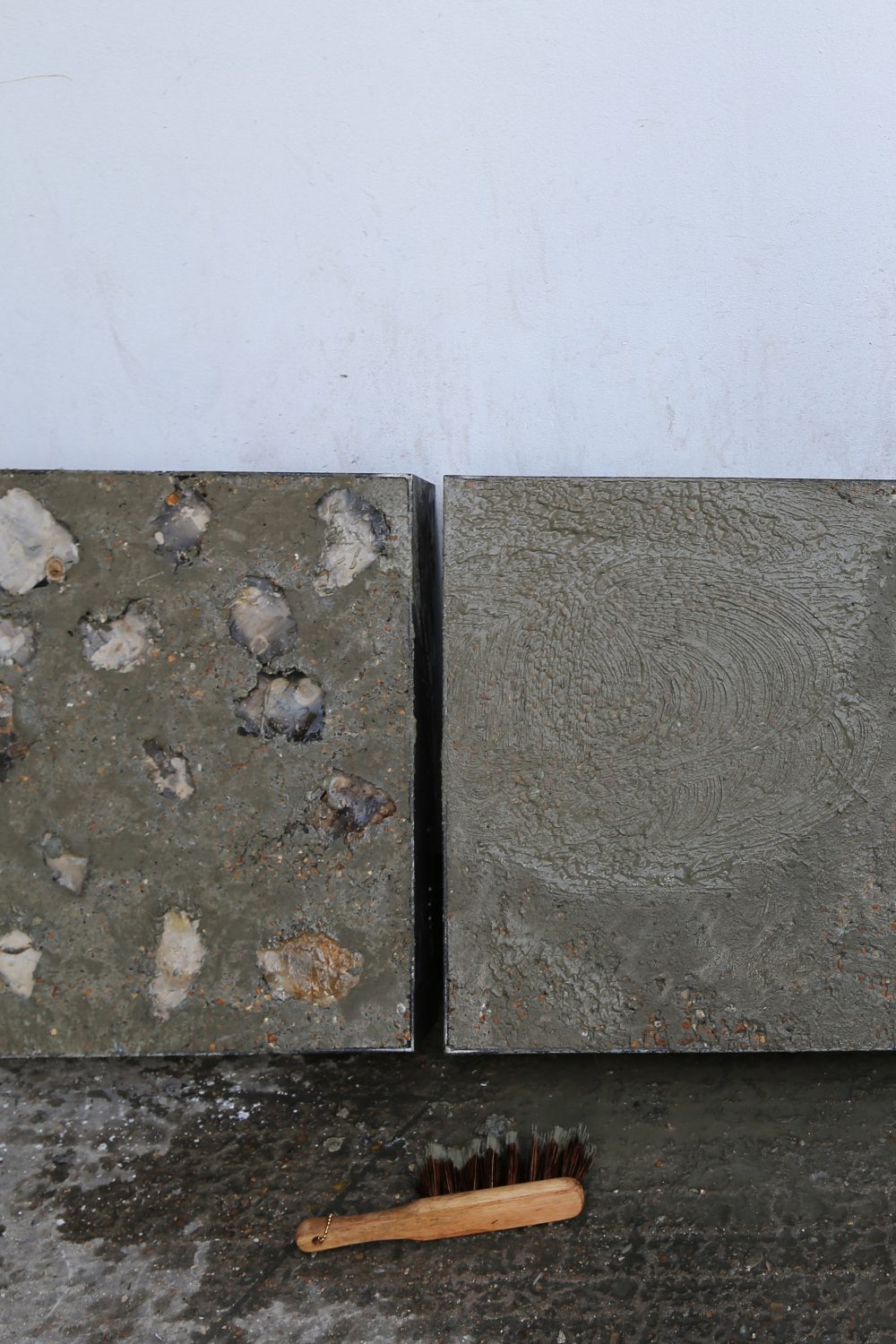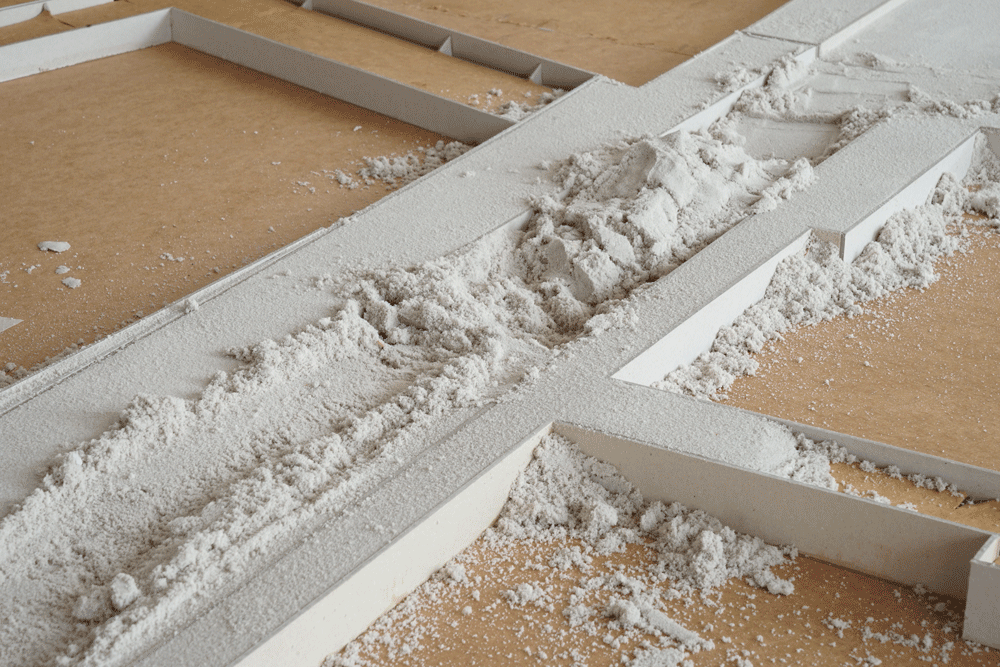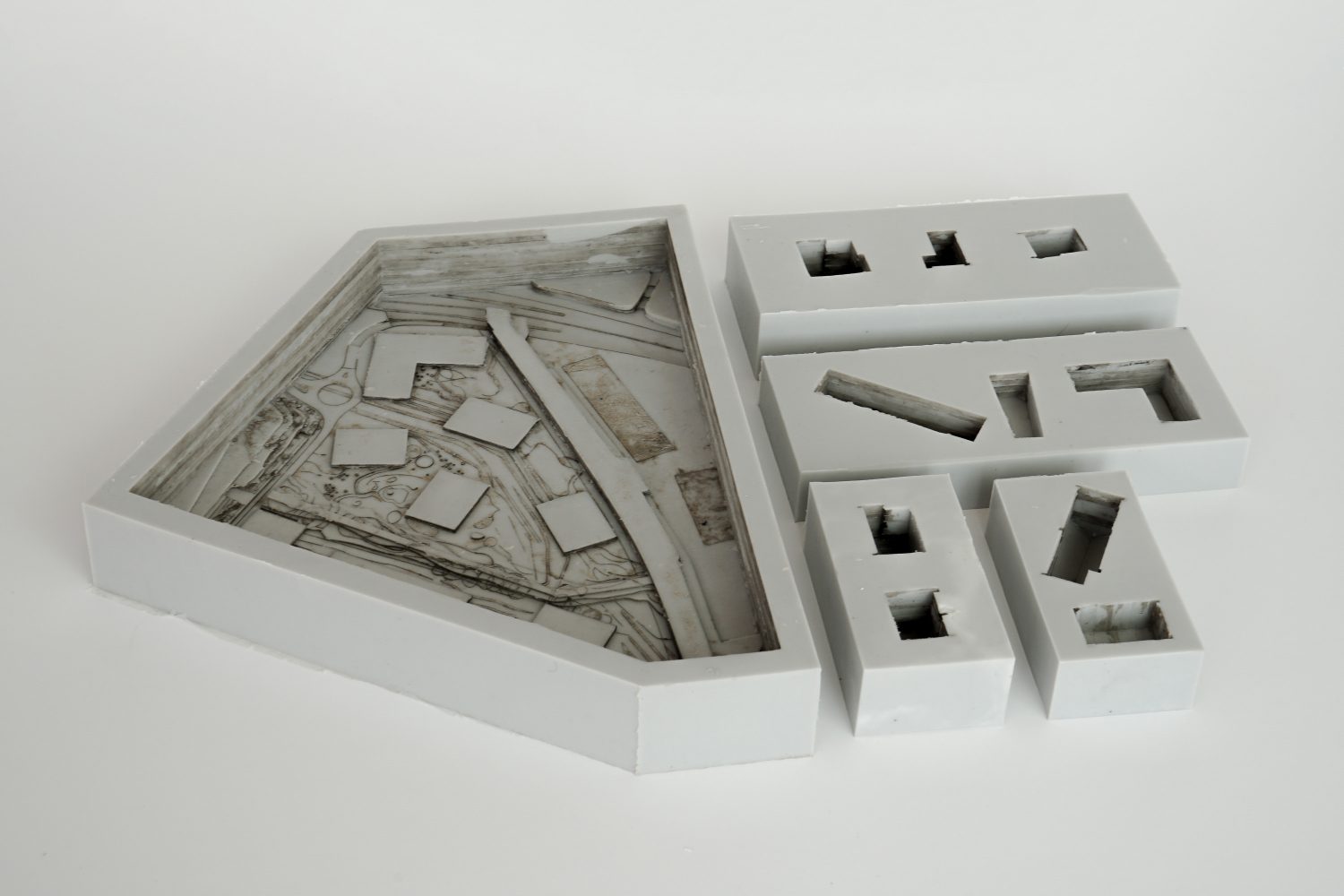Moving Rivers
Pymmes Brook is a tributary of the River Lea. Circa 1200 it was known as 'Medeseye' or 'meadow marsh-stream'. Over the last 100 years, large portions of the brook were canalised to make way for urbanisation and industrialisation, eradicating its meadow-, marsh- and stream-like qualities, and leading it to flood downstream. This is a common narrative for Britain's urban rivers, which looks to be reversed by today's environmentally-led urban planning system.
We explore a future poetry of flows between the natural will of the river and the stubborn yet important history of canalisation. We move the river, the river also moves itself.
Ingredients/materials:
Concrete mix (4 parts site aggregates/river gravel, 2 parts sand, 1 part cement)
Kinetic Sand
Plywood and block foam formwork
Pouring wax and natural blue dye
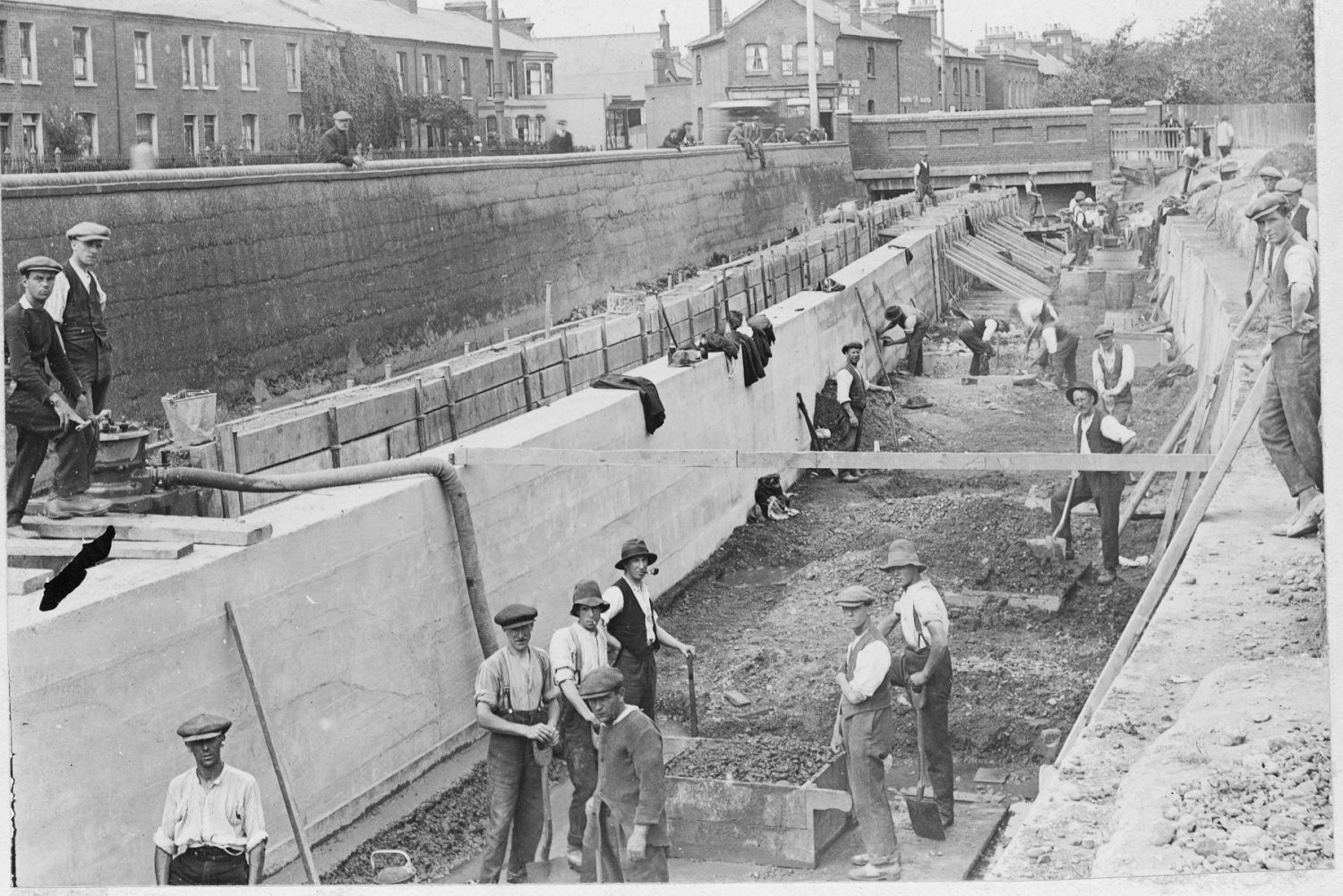
Angel Road, culverting Pymmes Brook, 1921
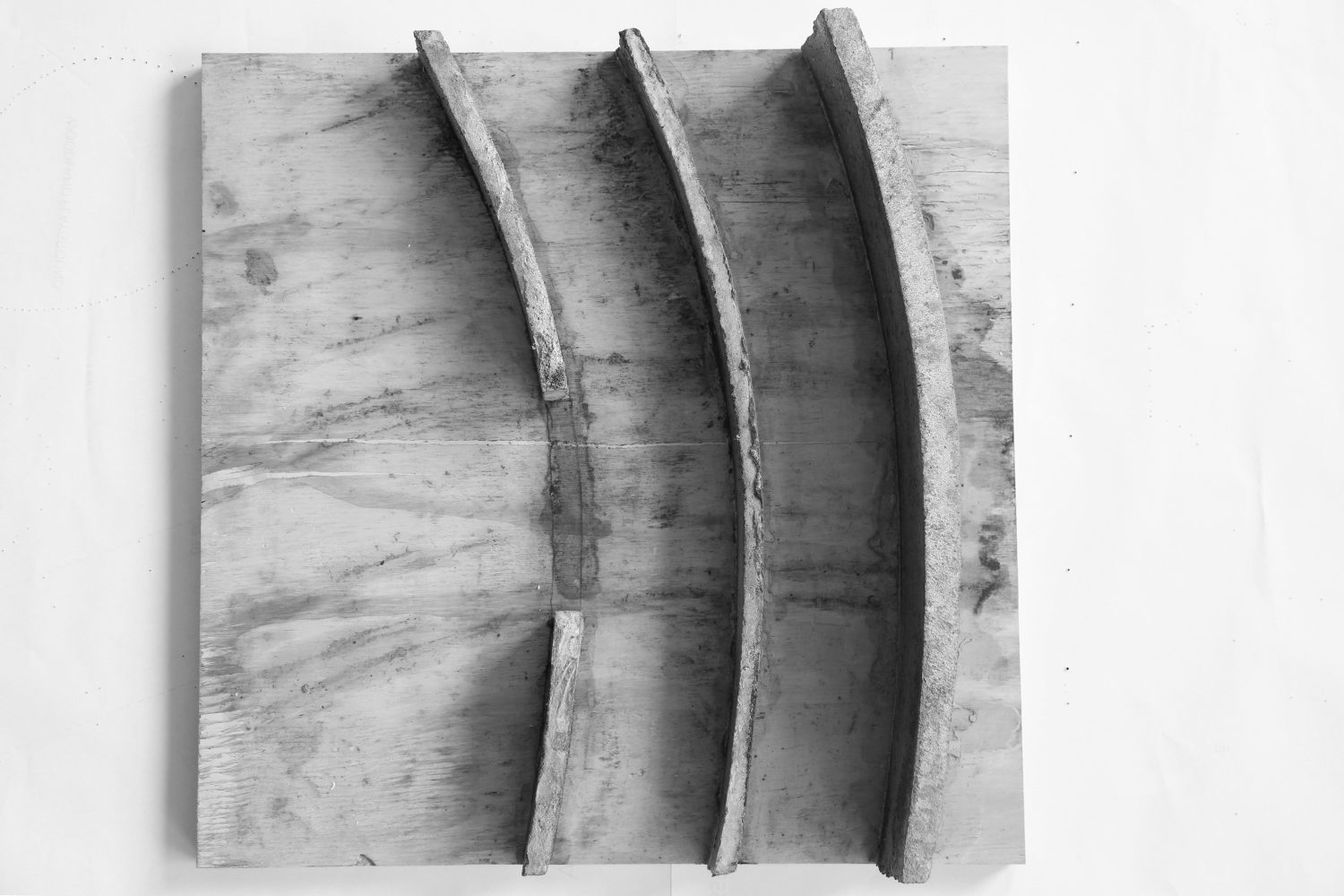
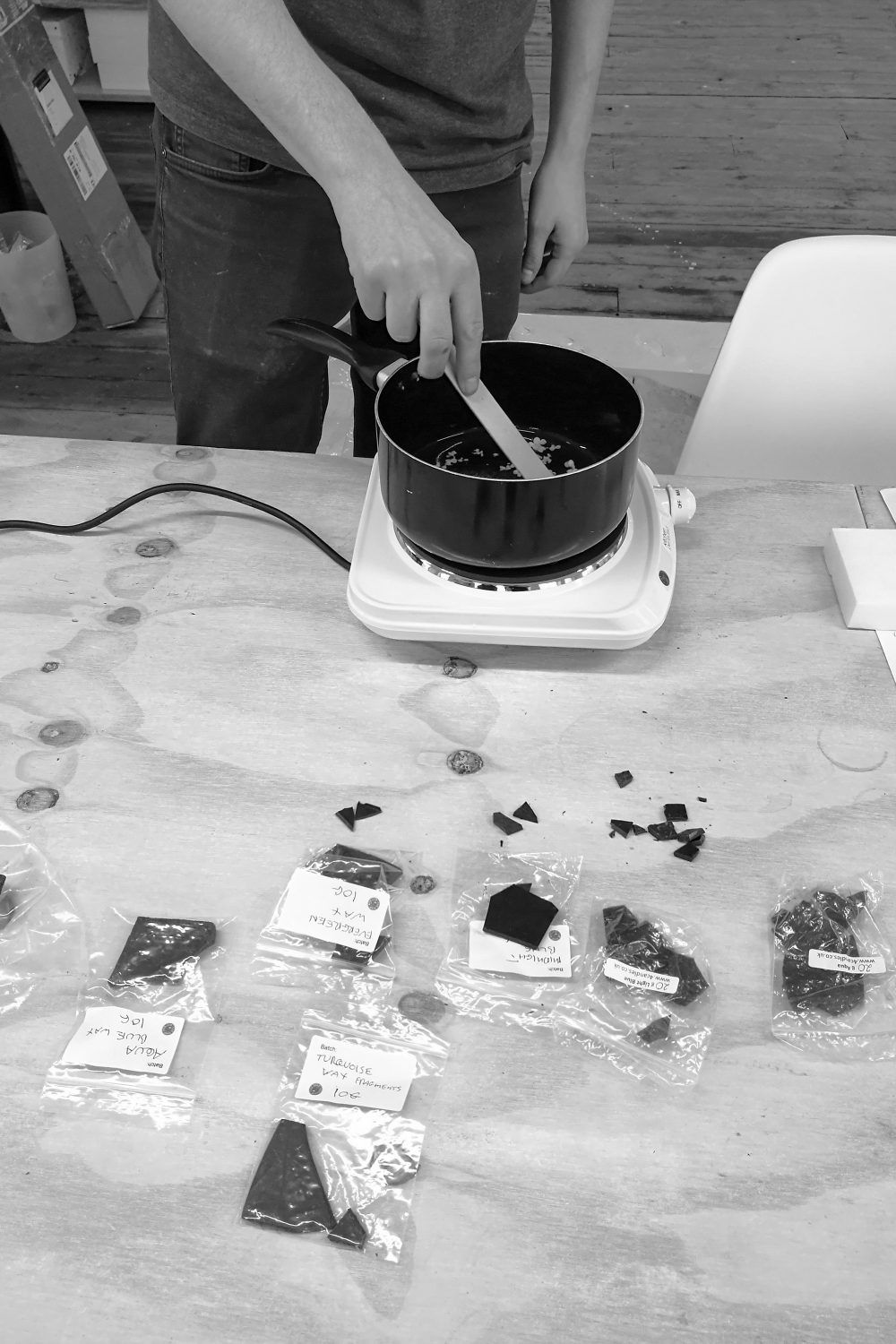
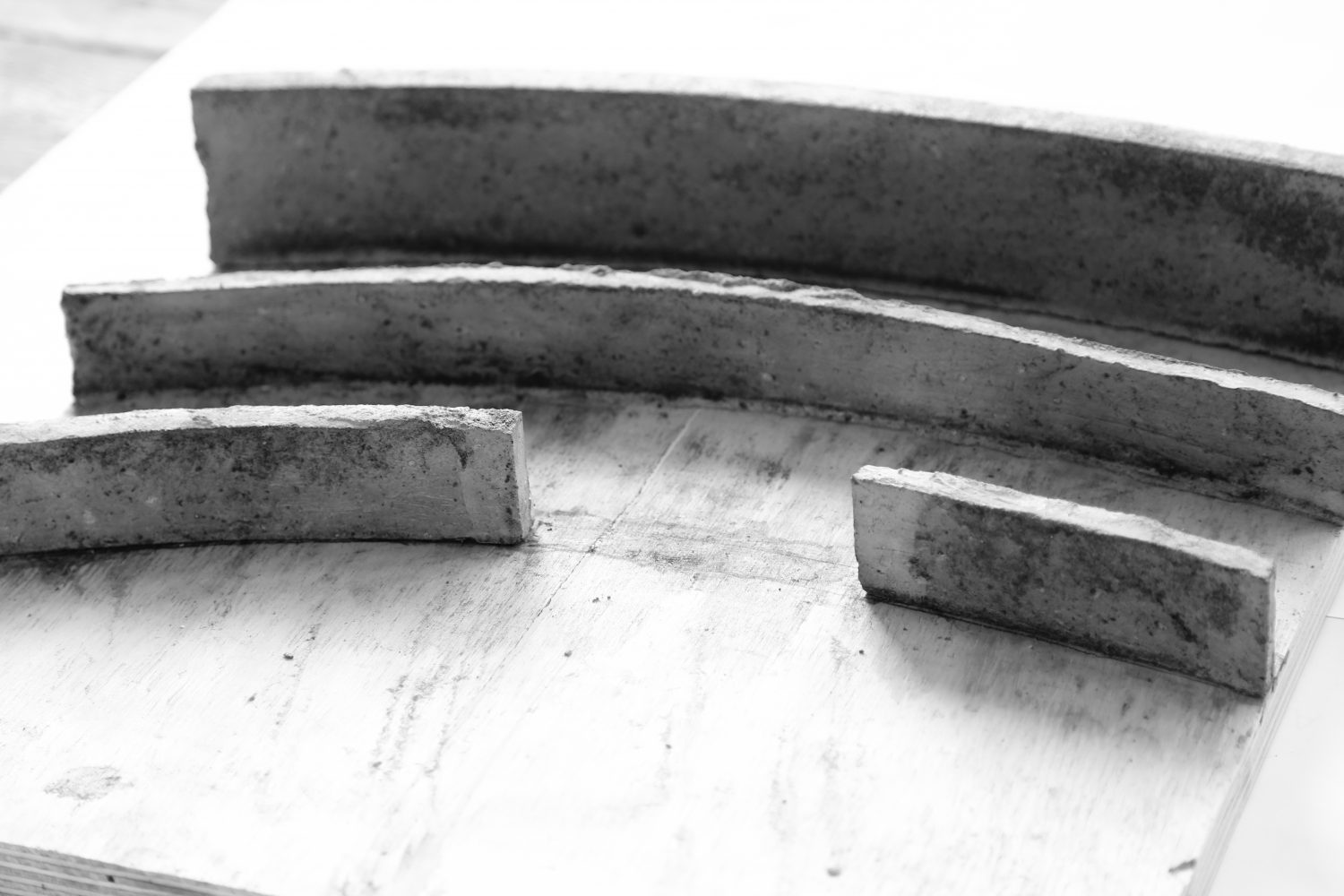
Concrete channel frame cast from site aggregates
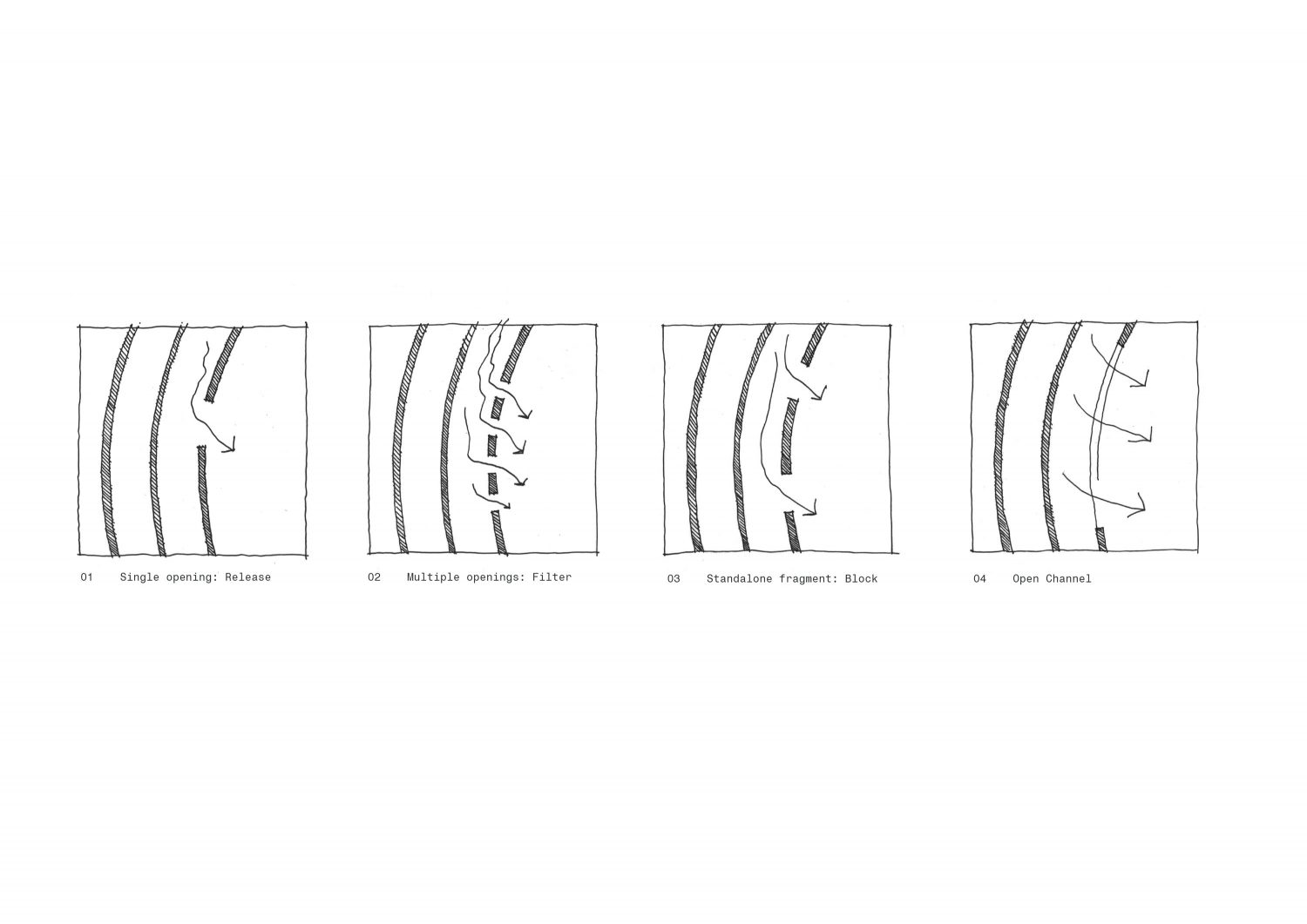
Sketch strategies for the progressive reclamation of a concrete river
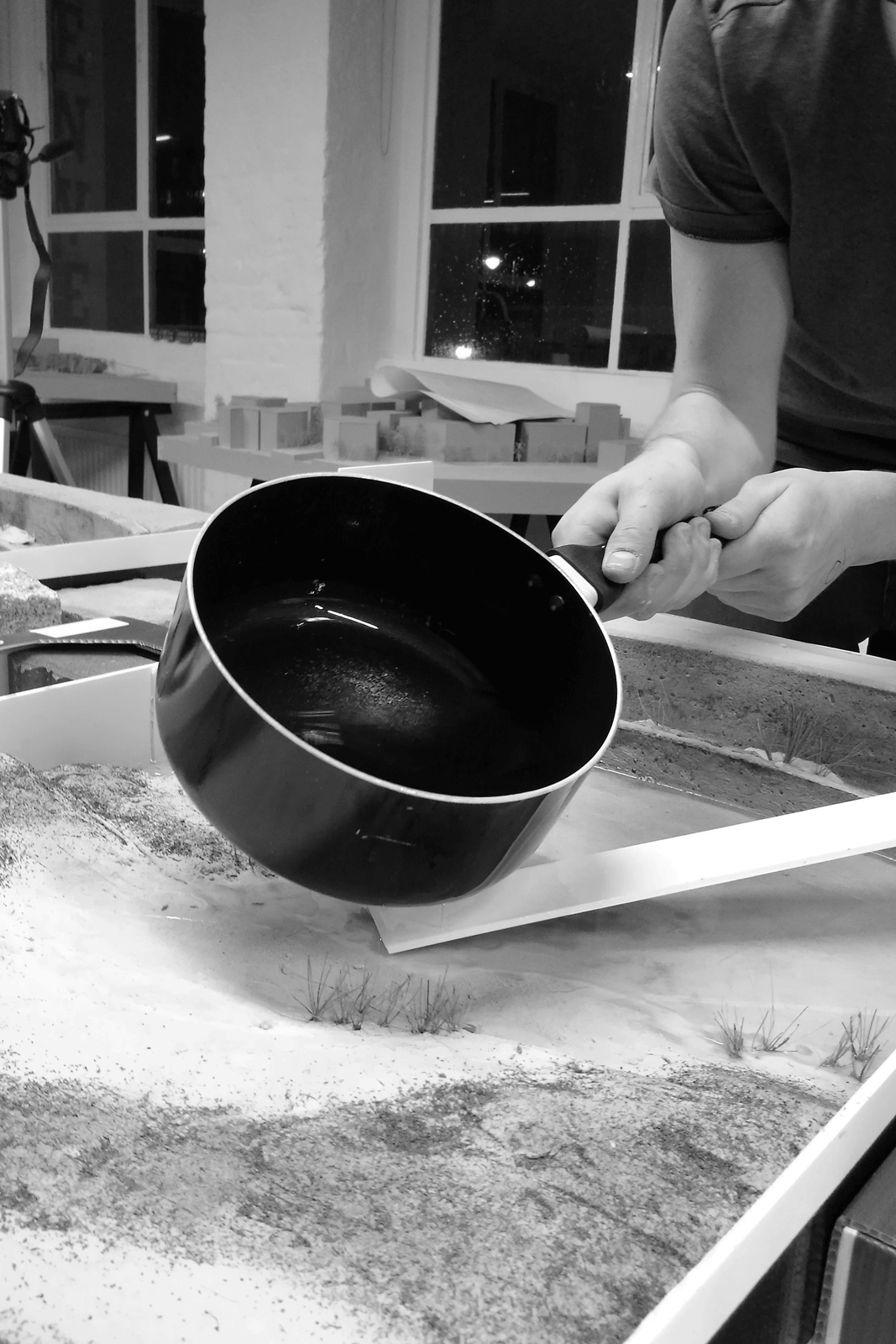
A recipe in pouring, impacting, eroding and setting
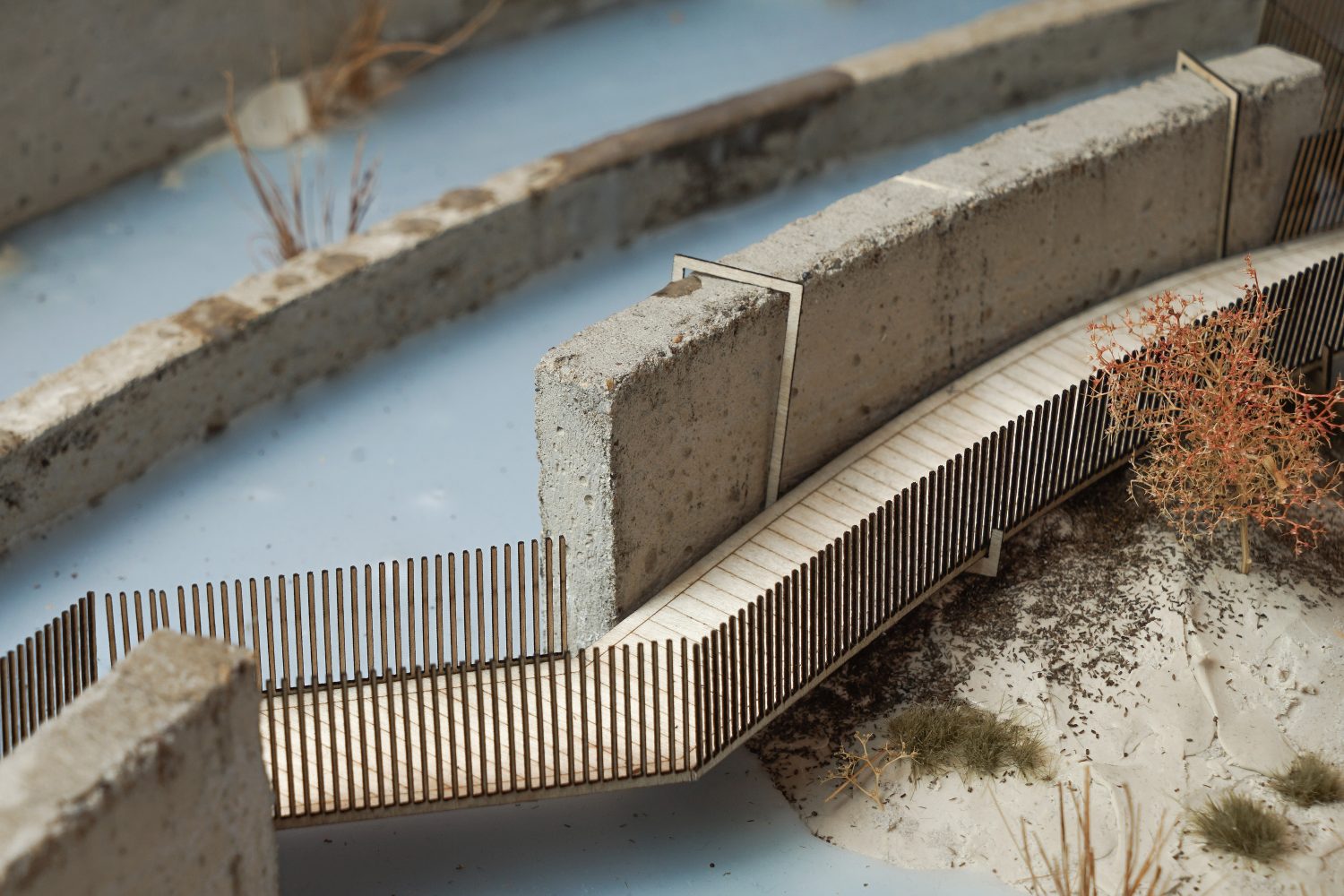
Model detail of experiential river-viewing structures
